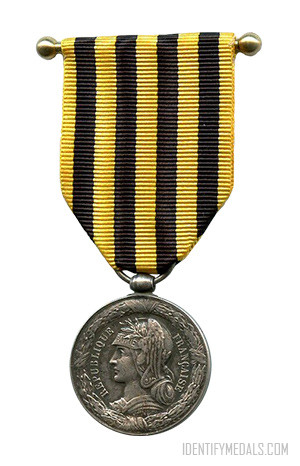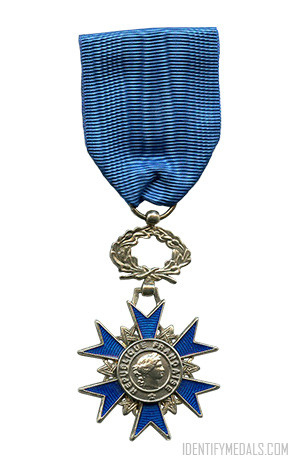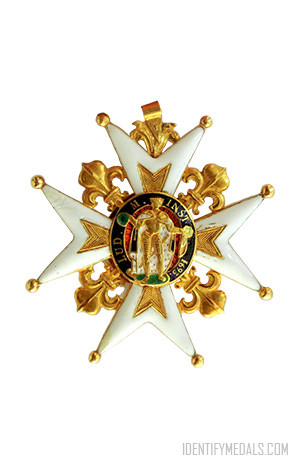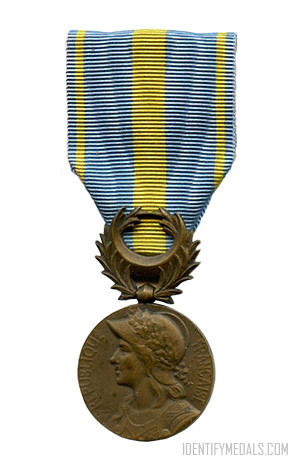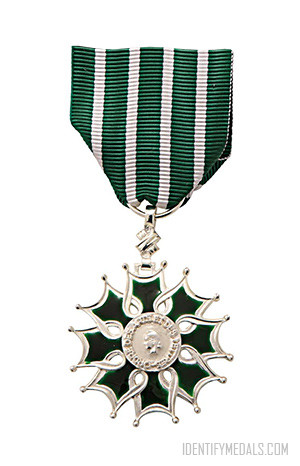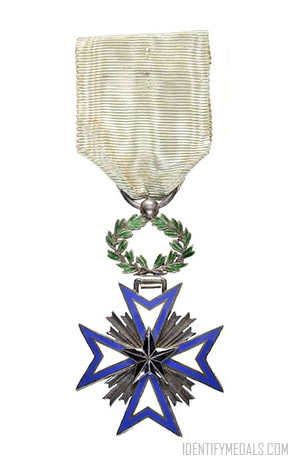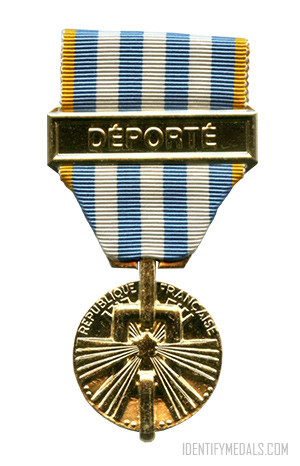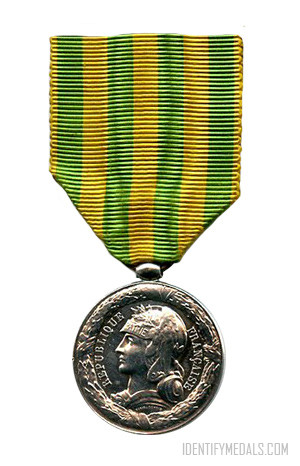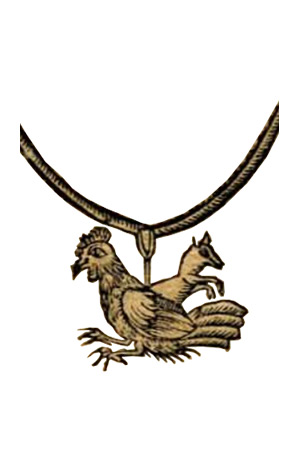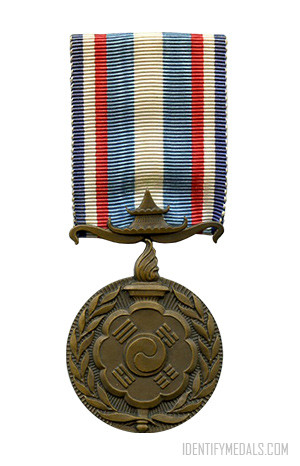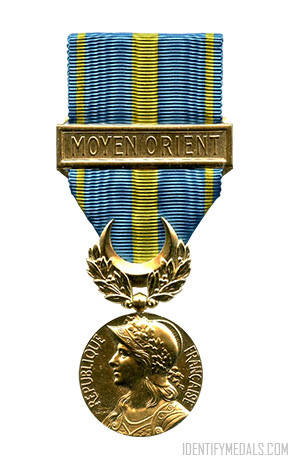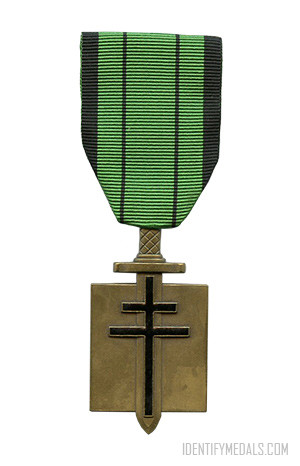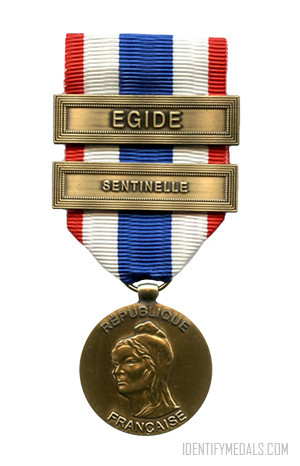The Dahomey Expedition commemorative medal (or Médaille commémorative de l’Expédition du Dahomey in French) is a campaign medal bestowed to the participants of the First Franco-Dahomean War (1890) and the Second Franco-Dahomean War (1892–1894).
In 1892, France decided to send an expeditionary force of 1,801 Europeans and 1,769 natives under the command of Marine Infantry Colonel Alfred Dodds in response to the harassment of the kingdom of Porto-Novo under its protectorate and its trading posts on the coast of Dahomey by the troops of Behanzin, the king of Abomey. The expedition lasted five months, and the men defeated the 12,000 warrior strong army of Behanzin at Dogba. France thus reconquered the kingdom of Dahomey (now the Republic of Benin) and placed at its head, Toffa as the king of Porto-Novo.
The Law of 24 November 1892 instituted the Commemorative Medal of the Dahomey Expedition for award to the officers, sailors and soldiers who took part in this campaign.
All recipients were to adhere to the code of conduct as set under the Grand chancellor of the Legion of honour. Posthumous awards were made to the widow or parents of the recipient.
The Dahomey Expedition Commemorative Medal Design
The medal measures 30 mm in diameter and is struck in silver. It was designed by Jean-Baptiste Daniel-Dupuis.
The obverse bears an effigy of the Republic and the words “RÉPUBLIQUE FRANÇAISE” enclosed within a laurel wreath running along the entire circumference. The Republic is represented as a helmeted young woman with the word “PATRIE” (HOMELAND) inscribed on the visor of her helmet.
The reverse of the medal features, within the same laurel wreath as on the obverse, a small five pointed star amid protruding rays, at center the relief inscription “DAHOMEY“, in the lower section, a naval sea anchor over four flags. A small relief Cornucopia trademark is just off the tip of the leftmost flag.
The medal hangs from a 36 mm wide “daffodil yellow” silk moiré ribbon bearing four equidistant 4 mm black vertical stripes.

